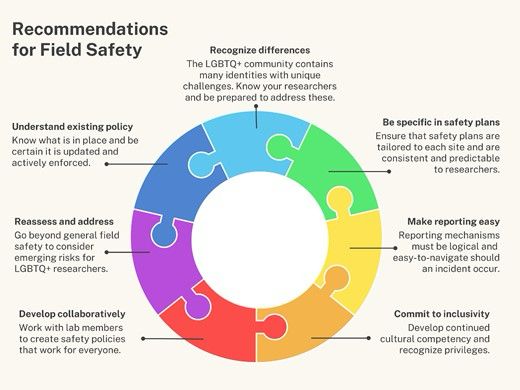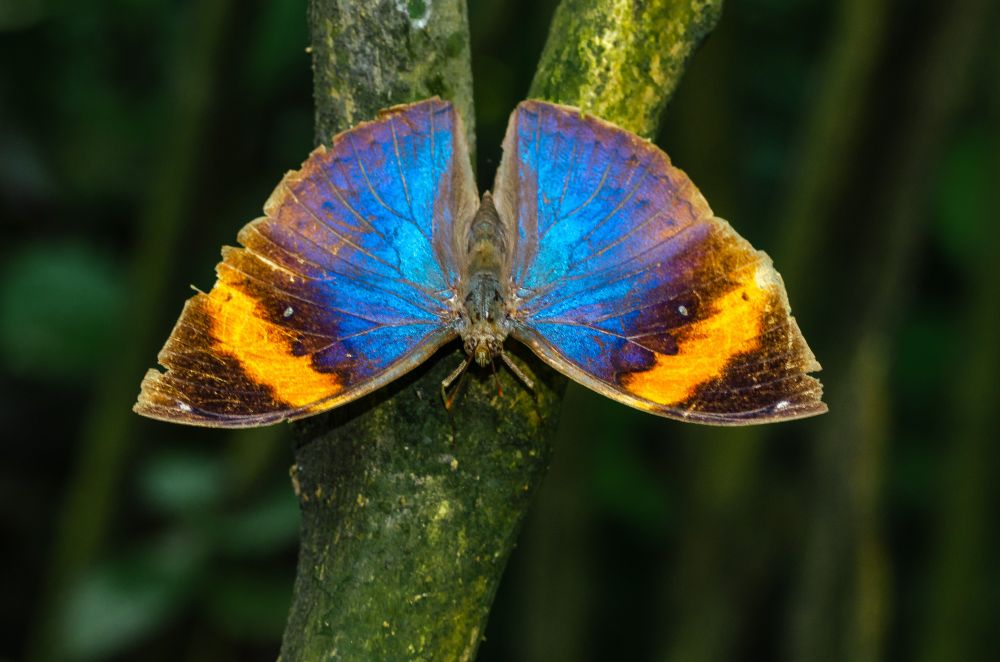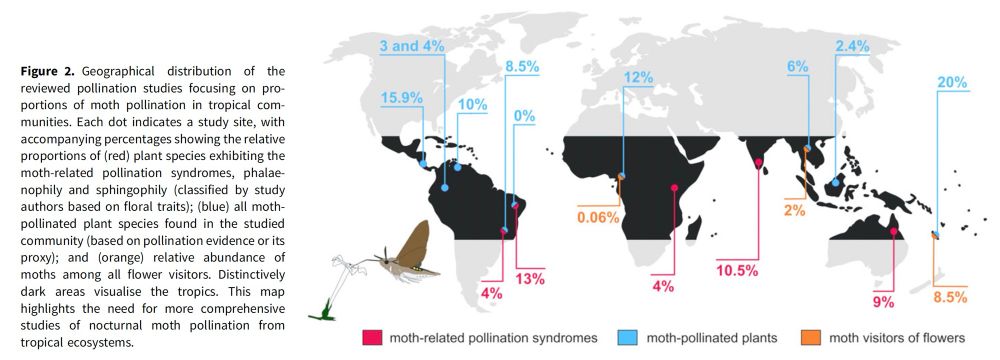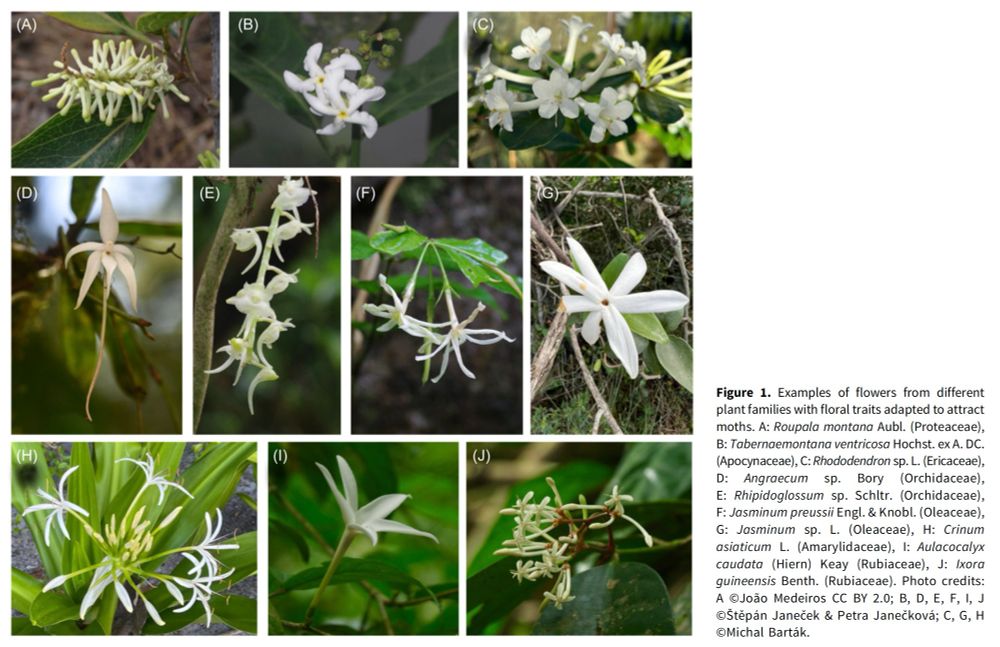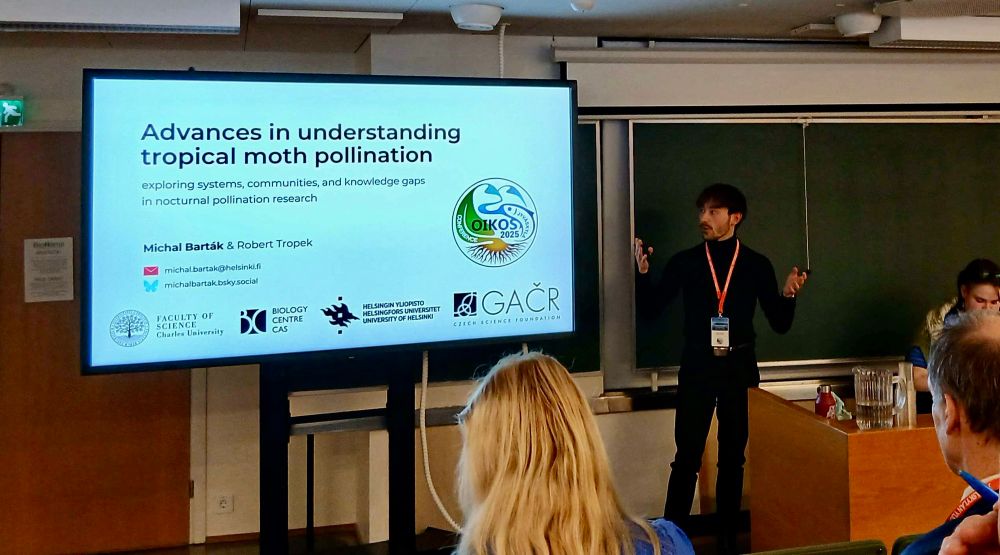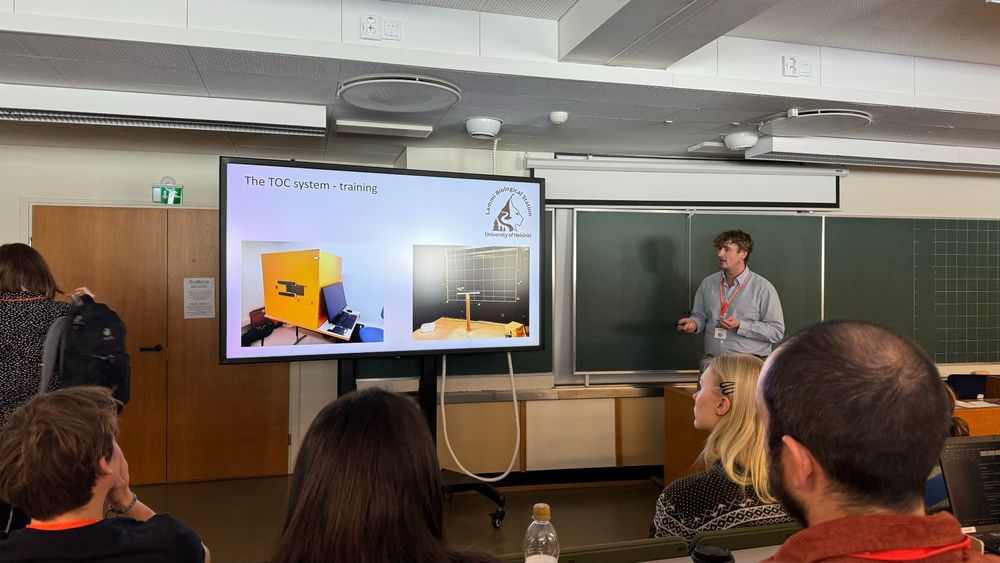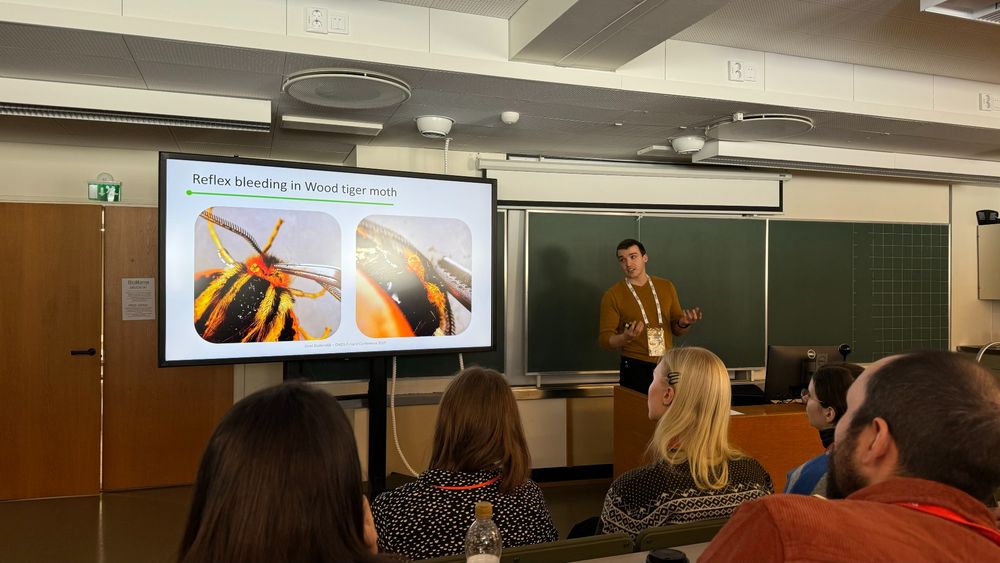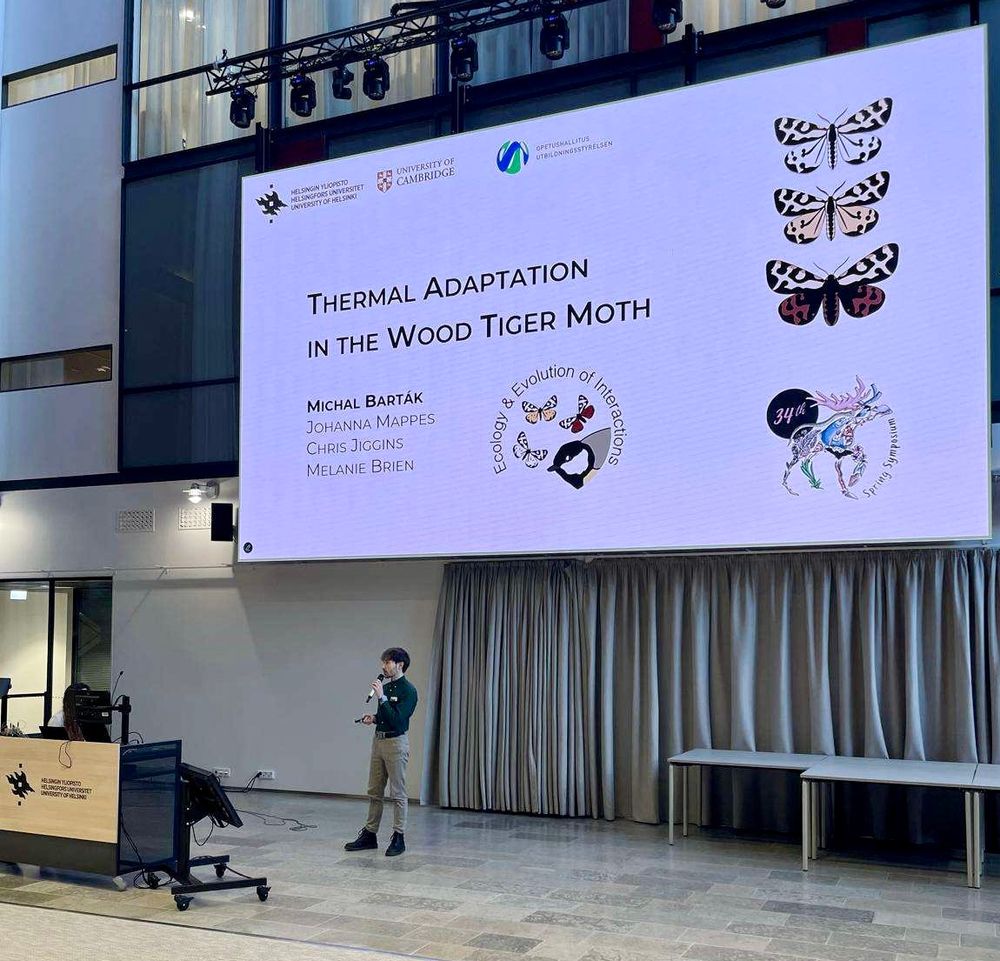Michal Barták
@michalbartak.bsky.social
180 followers
200 following
14 posts
Doctoral Researcher at the University of Helsinki
Ecology and evolution of moths and butterflies
Posts
Media
Videos
Starter Packs
Pinned
Michal Barták
@michalbartak.bsky.social
· Mar 28
When the day ends: Review on the importance of nocturnal moths as pollinators in tropical ecosystems | Journal of Tropical Ecology | Cambridge Core
When the day ends: Review on the importance of nocturnal moths as pollinators in tropical ecosystems - Volume 41
doi.org
Reposted by Michal Barták
Reposted by Michal Barták
Melanie Brien
@melbrien.bsky.social
· Aug 18
Reposted by Michal Barták
Reposted by Michal Barták
University of Helsinki
@helsinki.fi
· May 20
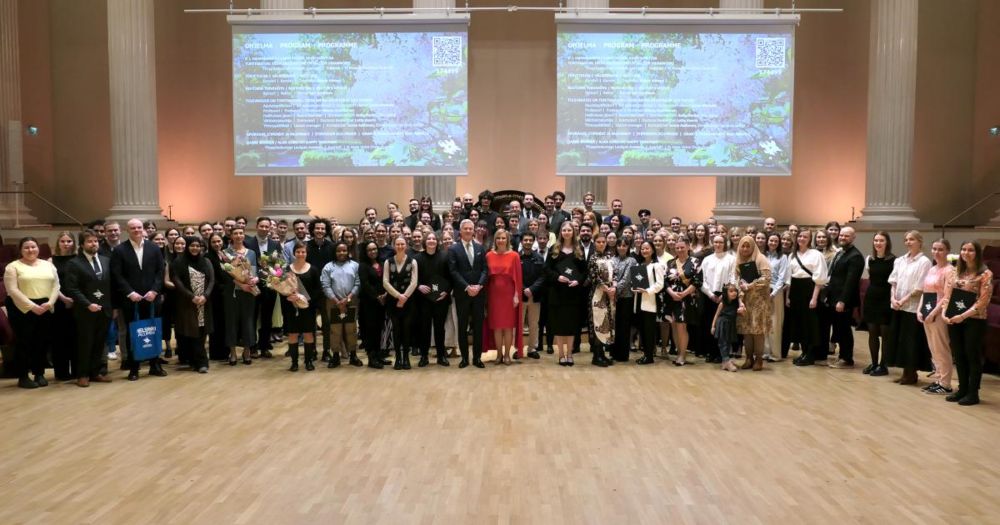
Ennätysmäärä osallistujia juhlisti stipendejä ja apurahoja Helsingin yliopiston rahastoista | Helsingin yliopisto
Helsingin yliopiston opiskelijoille ja tutkijoille jaettiin tänä keväänä yli 360 apurahaa, stipendiä tai palkintoa yliopiston omista rahastoista. Rahastot perustuvat Helsingin yliopistolle tehtyihin l...
www.helsinki.fi
Reposted by Michal Barták
Michal Barták
@michalbartak.bsky.social
· Mar 28
Michal Barták
@michalbartak.bsky.social
· Mar 28
Michal Barták
@michalbartak.bsky.social
· Mar 28
Michal Barták
@michalbartak.bsky.social
· Mar 28
Michal Barták
@michalbartak.bsky.social
· Mar 28
Michal Barták
@michalbartak.bsky.social
· Mar 28
When the day ends: Review on the importance of nocturnal moths as pollinators in tropical ecosystems | Journal of Tropical Ecology | Cambridge Core
When the day ends: Review on the importance of nocturnal moths as pollinators in tropical ecosystems - Volume 41
doi.org
Reposted by Michal Barták
Reposted by Michal Barták
Catherine Grueber
@cegrueber.bsky.social
· Jan 29
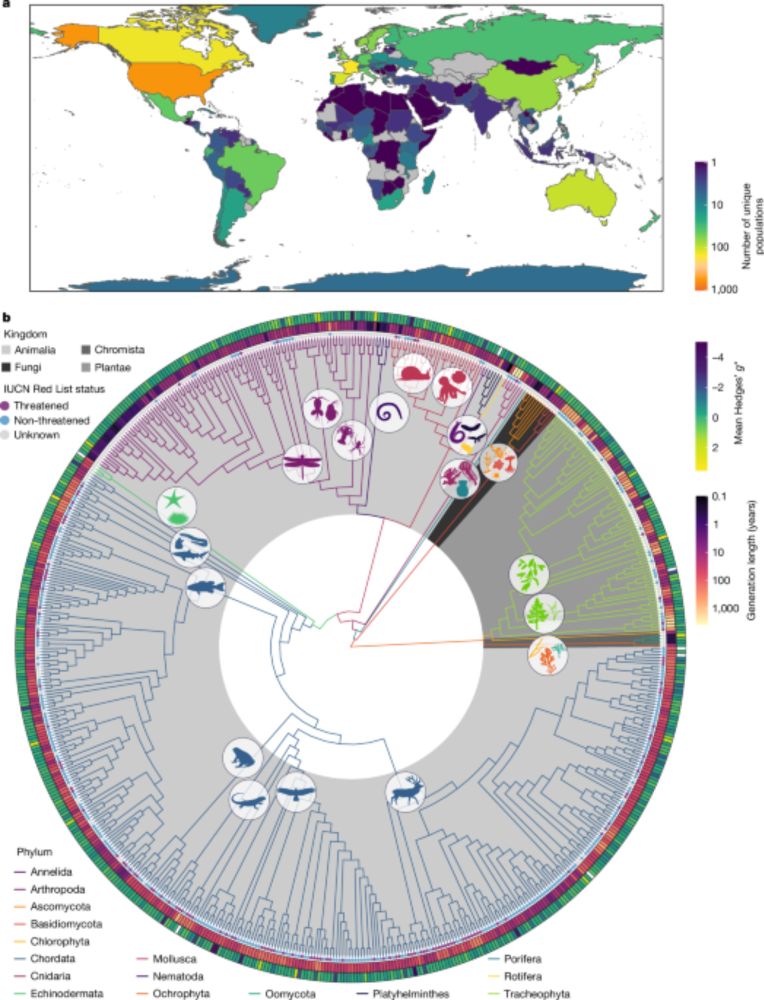
Global meta-analysis shows action is needed to halt genetic diversity loss - Nature
A comprehensive meta-analysis of global terrestrial and marine genetic diversity covering more than three decades of research demonstrates rapid loss of genetic diversity and identifies conservation i...
www.nature.com





